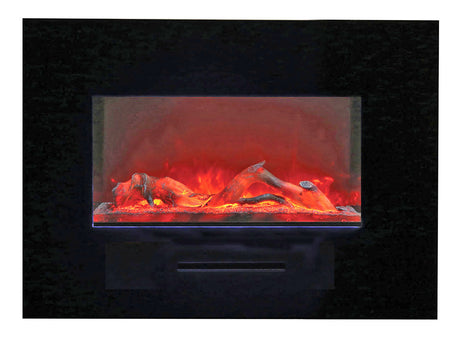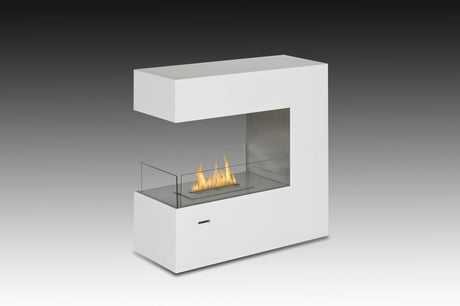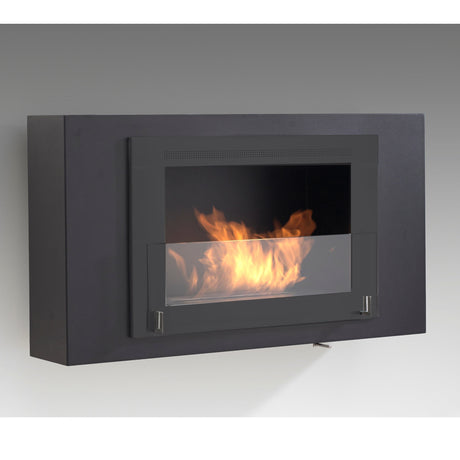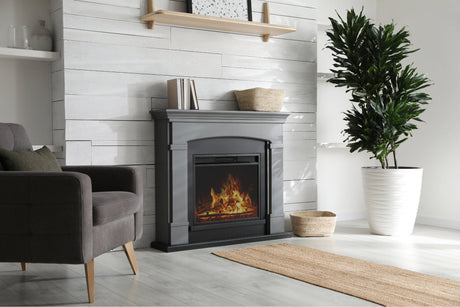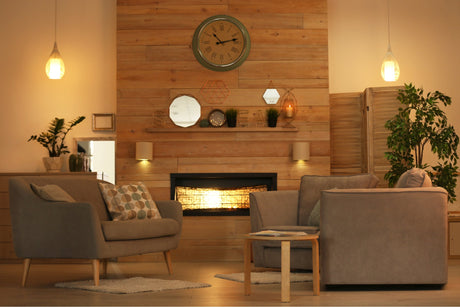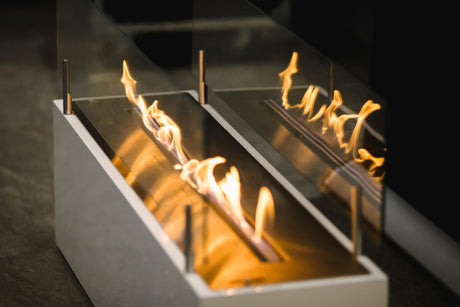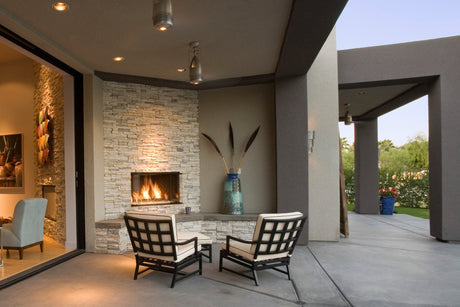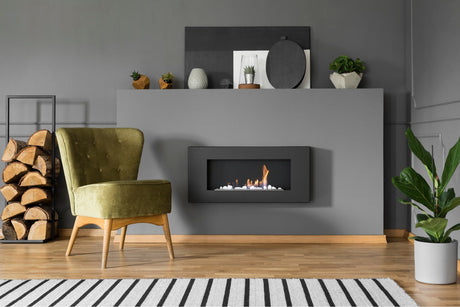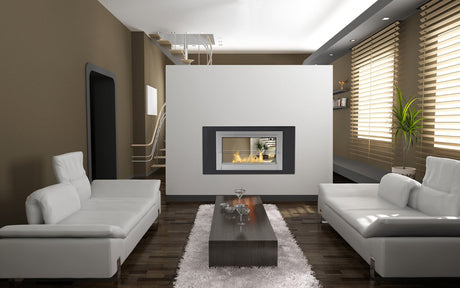If you're considering adding a fireplace insert to your home, this is your guide for everything you need to know. A fireplace insert not only adds warmth and builds the aesthetic to your space but also helps improve your home's energy efficiency.
We know that choosing the right one can be a bit overwhelming. From measuring your space to selecting the perfect style, this guide will walk you through everything you need to know to make an informed decision.
Understanding Fireplace Inserts
Before diving into the nitty-gritty of measurements and styles, let's clarify what a fireplace insert actually is. A fireplace insert is essentially a fireproof box that’s surrounded by steel or cast iron and insulated with glass. It's designed to fit into an existing fireplace or to be built into a wall. The insert contains its own venting system, making it a safer and more efficient option than traditional open fireplaces.
There are three main types of fireplace inserts:
- Wood-Burning Inserts: Perfect for those who love the crackle and smell of a real fire. They require a chimney for venting.
- Gas Inserts: Easy to use, providing heat at the flip of a switch. They can be vented through a chimney or directly through a wall.
- Electric Inserts: Ideal for those who want a nice design, but without the hassle. They don’t require venting and are easy to install.
Measuring Your Fireplace
The first and most crucial step in choosing a fireplace insert is measuring your existing fireplace or the space where you plan to install the insert. Accurate measurements ensure you select an insert that fits perfectly, both in terms of size and heating capacity.
Here's how to measure:
- Width: Measure the width of the fireplace opening at both the front and the back. Sometimes, the back is narrower, so both measurements are essential.
- Height: Measure the height of the fireplace opening from the bottom to the top.
- Depth: Measure the depth from the front of the opening to the back wall. This will help you determine how far the insert will extend into your living space.
- Fireplace Opening: If your fireplace has an arched opening, measure the height at the highest point and the width at the widest point.
Once you have these measurements, you can match them with the dimensions of the inserts you’re considering. Remember, inserts come in various sizes, so finding one that fits your fireplace is crucial.
Considering Heating Capacity
A fireplace insert isn’t just for looks—it’s also a functional heating appliance. When choosing an insert, consider the size of the room or area you want to heat. Inserts are rated by BTU (British Thermal Units), which indicates the amount of heat they can produce. Here's a rough guide:
- Small Rooms (up to 300 sq. ft.): 10,000 to 20,000 BTUs
- Medium Rooms (300 to 600 sq. ft.): 20,000 to 30,000 BTUs
- Large Rooms (600 to 1,000 sq. ft. or more): 30,000 to 60,000 BTUs
Keep in mind that factors like ceiling height, insulation, and the number of windows can affect how much heat you need.
Choosing the Right Style and Features
Fireplace inserts come in various styles to match your home’s décor. Whether you prefer a modern, sleek look or something more traditional, there’s an insert out there for you.
Fireplace Inserts Style Considerations
- Traditional: These inserts often have a more classic design, with features like brick-lined interiors and realistic logs.
- Modern: Sleek lines, minimalist frames, and clean glass fronts define modern inserts.
- Rustic: These inserts may feature designs like stone accents or wrought iron, perfect for a cozy, cabin-like feel.
Fireplace Inserts Features to Look For
- Blowers: Help distribute heat more effectively throughout the room.
- Thermostats: Allow you to control the temperature easily.
- Remote Controls: Offer convenience, especially with gas and electric inserts.
- Flame Settings: Some electric inserts offer adjustable flame settings, so you can enjoy the ambiance without too much heat.
Installation Considerations
While some fireplace inserts are relatively easy to install, especially electric ones, others require professional installation, particularly if venting is needed.
Things to Consider
- Venting: Ensure your home has the necessary venting for wood or gas inserts. If not, you may need to install a venting system, which can add to the cost.
- Electrical Outlet: Electric inserts need to be plugged into an outlet. Ensure there’s one nearby, or be prepared to have one installed.
- Professional Help: For gas and wood-burning inserts, it’s often best to hire a professional to ensure safe and proper installation.
Budgeting for Your Fireplace Insert
Fireplace inserts range in price, depending on the type, size, and features. Here’s a rough breakdown:
- Electric Inserts: $200 to $2,000
- Gas Inserts: $1,000 to $4,000
- Wood-Burning Inserts: $1,200 to $3,500
Remember to factor in installation costs, especially for gas and wood-burning inserts, which can add $500 to $2,000 to the total cost.
Making the Final Decision
Choosing the right fireplace insert involves balancing aesthetics, functionality, and budget. Take your time to compare different options, and don’t hesitate to seek advice from professionals or consult with friends who have gone through the process.
With the right insert, your living space will not only be warmer but also more inviting—perfect for those cozy nights by the fire.


